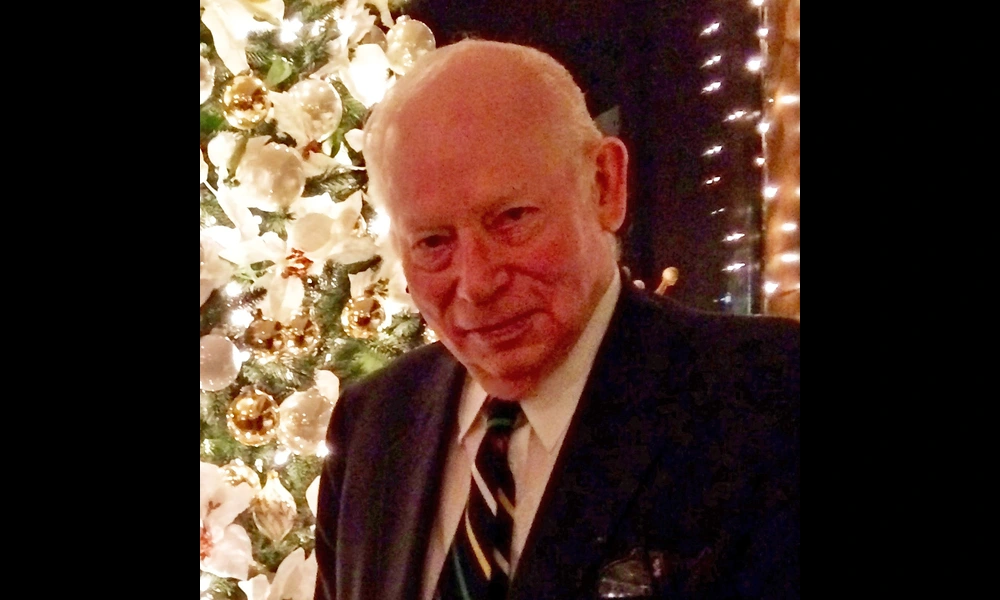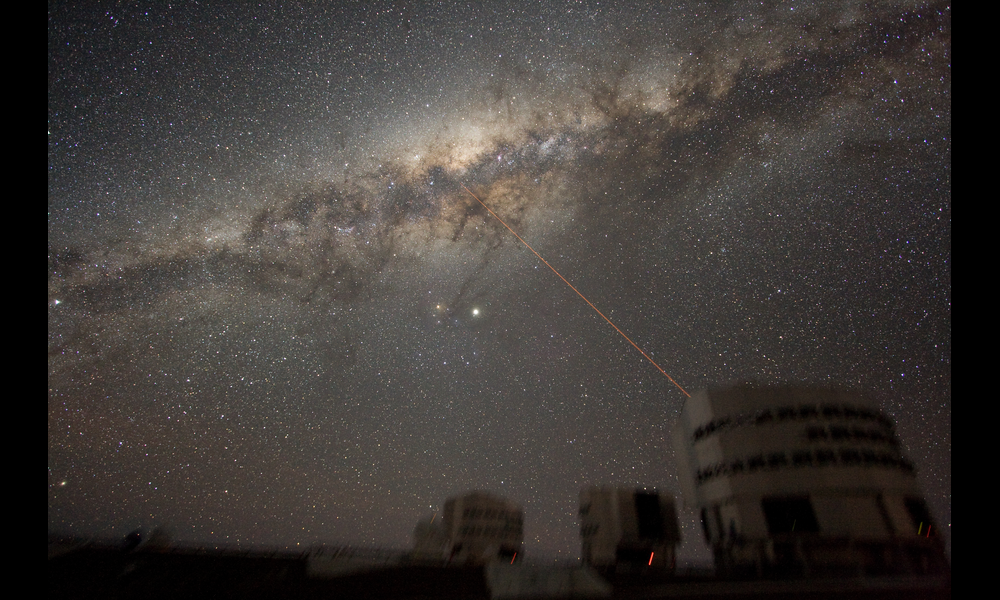Quantum Physics Advances Power Generation from Waste Heat
Published on Wed Jul 12 2023 Pollution - J.D. Irving Pulp and Paper Mill - Air Emissions | Tony Webster on Flickr
Pollution - J.D. Irving Pulp and Paper Mill - Air Emissions | Tony Webster on FlickrNew research has explored the thermoelectric transport across a tunnel contact between two charge Kondo circuits, which could have significant implications for energy conversion and quantum computing technologies. The study builds on previous theoretical proposals and experimental breakthroughs in the fabrication of quantum nano-devices. The researchers focused on the behavior of non-Fermi liquid and its manifestation in charge and heat quantum transport. By constructing a quantitative theory, they were able to describe crossovers between different regimes of the multi-channel charge Kondo quantum circuits and discuss potential experimental realizations of their findings.
Thermoelectric materials have gained attention due to their ability to generate electricity from waste heat, making them valuable for applications such as solid-state Peltier coolers. The researchers aimed to enhance the thermoelectric power by studying nano-electric circuits based on quantum dots. These circuits, which can be fine-tuned and highly controllable, provide valuable insights into the effects of strong electron-electron interactions and interference on quantum transport. The charge Kondo effect, which deals with the degeneracy of charge states, was explored as a means to intensify the thermoelectric power. By strongly coupling large metallic quantum dots to leads through quantum point contacts, the researchers investigated crossovers from non-Fermi liquid to Fermi liquid states.
The study also examined a two-island charge Kondo device, where two quantum dots are coupled together and strongly coupled to electrodes. This setup is relevant to the Kondo lattice systems and allowed the researchers to investigate the quantum phase transition at the triple point. Additionally, the existence of Majorana fermions in the double charge Kondo circuit was demonstrated. The researchers obtained a non-perturbative solution, allowing them to monitor and control all non-Fermi liquid to Fermi liquid crossovers. Four different regimes of thermoelectric transport were identified based on the parameters involved.
This research is significant as it contributes to the development of thermoelectric materials with enhanced efficiency and sheds light on the behavior of quantum charge, spin, and heat transport. The findings could have implications for improving energy conversion technologies and advancing the field of quantum computing. By gaining a deeper understanding of the coupling between neighboring quantum dots, the study provides valuable insights for scaling up charge Kondo circuits to larger clusters or lattices. The theoretical model and experimental setup proposed in this research open up avenues for further exploration and potential advancements in energy conversion and quantum computing.



